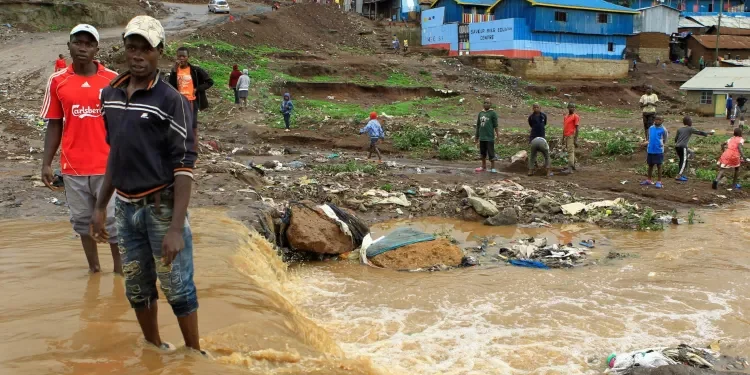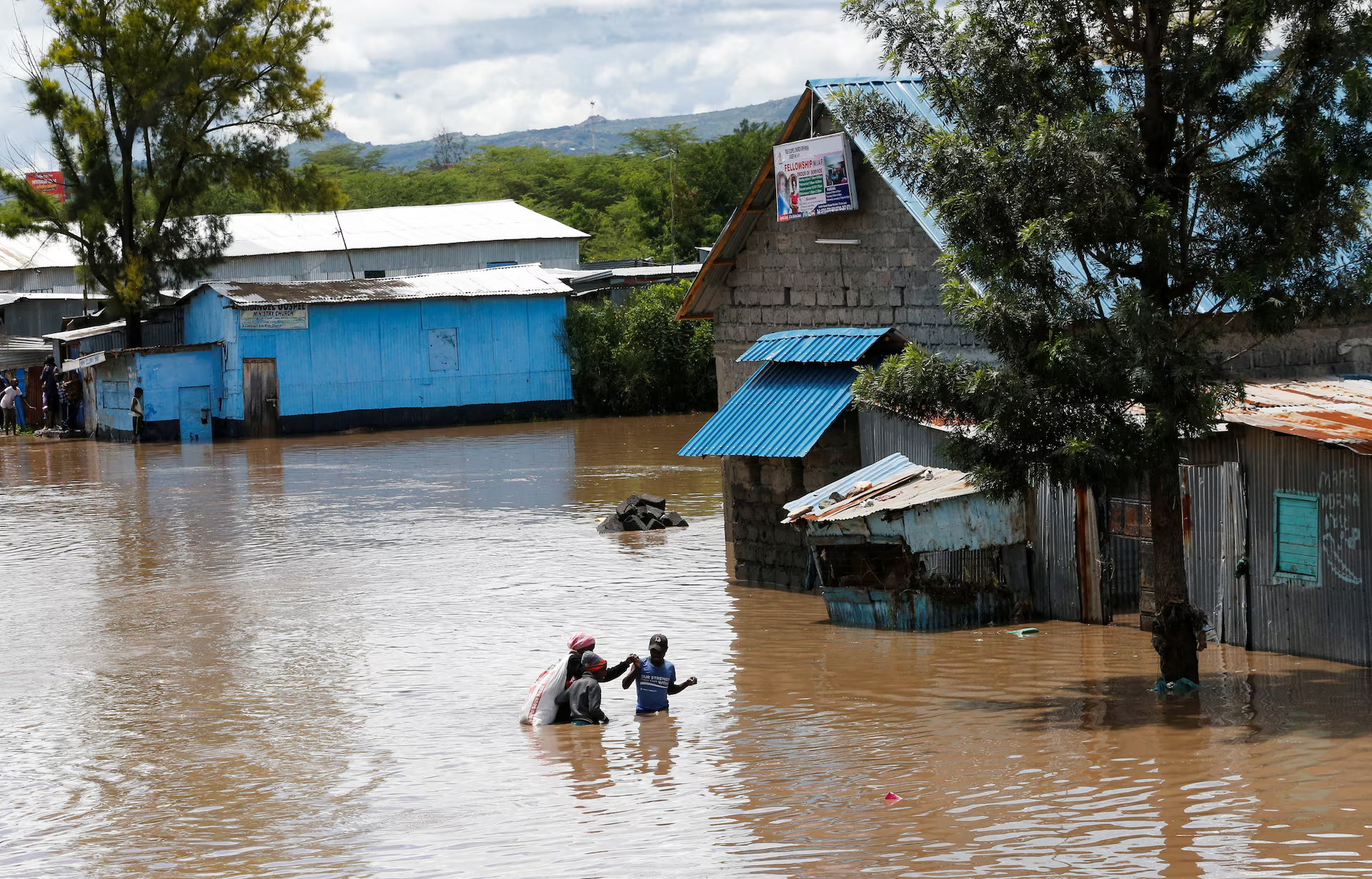The El Nino floods that began in October last year have claimed the lives of more than 170 people, the government now says. Forty-one of them were children while133 were adults.
The rains have also led to the loss of over 6,000 livestock and resulted in damage to crops estimated to cost KES16.3 billion.
According to the National El Nino Emergency and Disaster Response Command Center, at least 7,878 learning institutions have been affected. In a bid to restore the loss, the government said on Friday that renovations are ongoing in the affected schools ahead of their re-opening and reconstruction of roads.
The Disaster Response Team, in a statement on Friday, January 5, said more than 9,800 affected households have also received funds from the Cash Transfer Program to aid in their daily needs.
Reports indicate that seven counties are at risk of food insecurity owing to the destruction by floods, including Lamu, Tana River, Garissa, Mandera, Wajir, Homabay, and Kitui.
In the ongoing relief and recovery efforts, the State Department of Special Programs has distributed over 4,604.6 metric tons of food items. This includes rice, beans, fortified flour, and corned beef in the affected counties. The Ministry of Health has dispatched 257 metric tons of assorted supplies and products to affected areas.


















